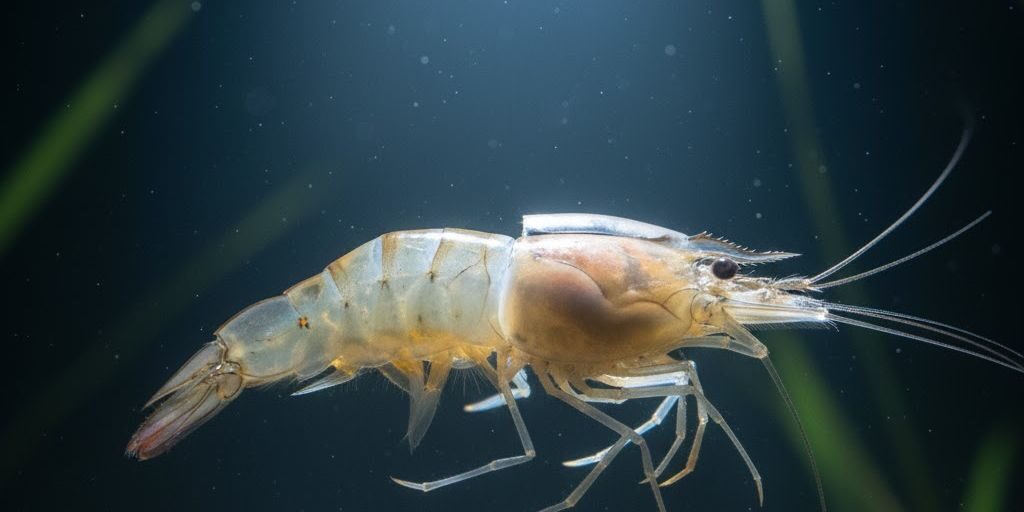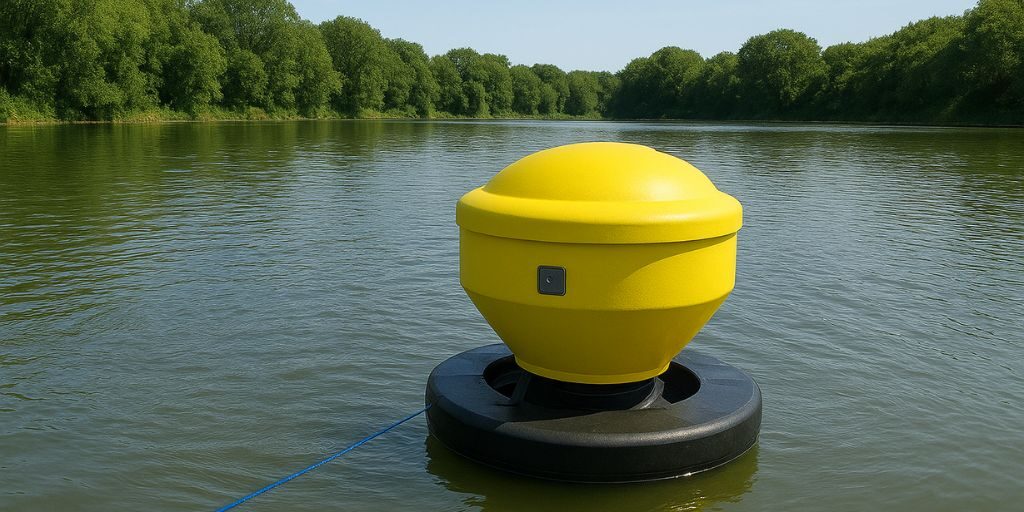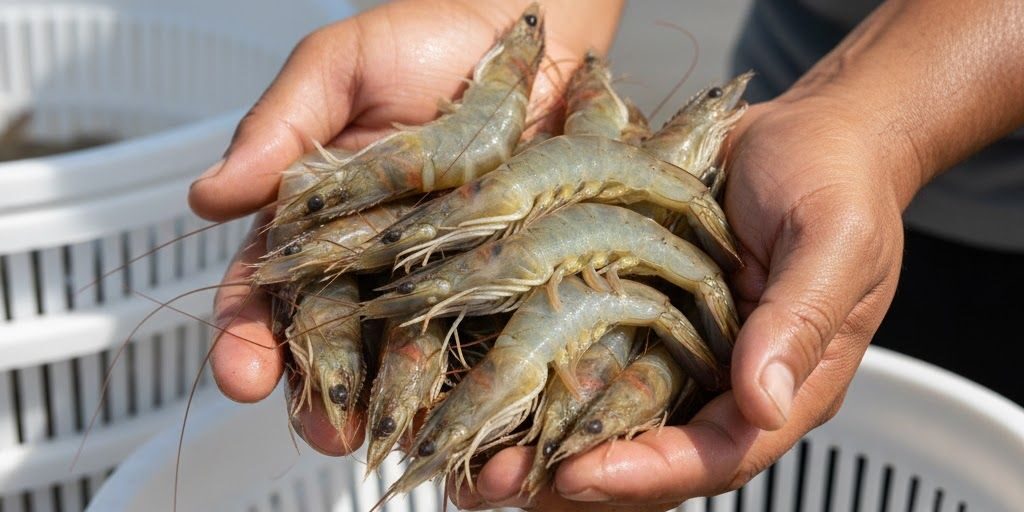- Software Gestor para Aquicultura
- (85) 2139-6730
- contato@despesca.com.br
Lunar Phases & Shrimp Molting: Optimal Timing for Stocking & Harvesting

10 Smart Investments to Increase Aquaculture Farm Productivity
20/10/2025
10 Strategies to Find New Distribution Channels for Your Product in Shrimp Farming
22/10/2025In modern shrimp farming, productive success is the sum of well-controlled variables. Among these, environmental and biological factors stand out. Experienced producers often observe the sky before making crucial management decisions, such as stocking and harvesting. The synchronicity between shrimp molting and lunar phases is not folklore; it is a determining biological factor that directly impacts survival, weight gain, and the quality of the final product.
Understanding and applying this knowledge is an advanced management strategy, capable of reducing mortalities and optimizing the profitability of the production cycle. This article details the science behind this relationship and how to use it to the farm’s advantage.
What is Ecdysis (Molting) and Why is it Critical?
Shrimp, like other crustaceans, possess a rigid exoskeleton (cuticle) that limits their growth. To grow, they must periodically shed this exoskeleton and form a new one. This process is known as ecdysis or, commonly, “molting.”
Molting is the most vulnerable moment in an animal’s life. During this period, which can be divided into pre-molt, molt, and post-molt, the shrimp undergoes intense physiological stress.
- Pre-molt: The animal reabsorbs minerals from the old exoskeleton, and a new, soft cuticle begins to form underneath. Food consumption usually decreases drastically.
- Molt (Ecdysis): The shrimp rapidly absorbs water to expand its body volume, rupturing the old exoskeleton and emerging with a new, still soft one.
- Post-molt: The animal becomes reclusive and extremely vulnerable to predators and cannibalism. It does not feed until the new exoskeleton hardens (sclerotization), a process dependent on the absorption of minerals (especially calcium and magnesium) from the water.
Any failure in this process, whether due to poor water quality (such as low alkalinity) or inadequate management, results in high mortality.
The Scientific Relationship: Shrimp Molting and Lunar Phases
The lunar influence on aquatic organisms is well-documented. Gravitational pull of the moon (and, to a lesser extent, the sun) governs the tides. Most intense tides, known as spring tides, occur during the new moon and full moon, when the sun, earth, and moon are aligned.
Studies and field observations strongly indicate that the molting cycle of Litopenaeus vannamei tends to be synchronized with the lunar cycle. The exact trigger is still debated (whether hydrostatic pressure, luminosity, or the tides themselves), but the pattern is clear: peaks of shrimp molting tend to concentrate during new moon and full moon periods.
This synchronization is a survival strategy. By molting en masse, shrimp statistically reduce the individual chance of being preyed upon while vulnerable (dilution effect).
Implications for Stocking: When to Introduce Post-Larvae?
Stocking, meaning the transfer of post-larvae (PLs) from the hatchery to the grow-out ponds, is one of the most stressful operations of the cycle. PLs are transported, acclimated, and introduced into an entirely new environment.
Considering that shrimp molting and lunar phases are connected, carrying out stocking close to ecdysis peaks (new moon or full moon) is a high-risk practice. PLs, already stressed by transport, may be forced to molt under suboptimal conditions, without being fully adapted to the new environment, resulting in high initial mortality rates.
Strategic Recommendation: It is ideal to schedule stocking during neap tide periods, which occur during the first quarter and last quarter moon phases. During these periods, most of the shrimp population (including PLs) will be in the intermolt stage, with a rigid exoskeleton, more resistant to handling and acclimatization stress.
Harvesting Strategy: Maximizing Yield and Quality
The timing of harvesting is equally, if not more, influenced by the lunar cycle. Conducting a harvest during a molting peak (new moon or full moon) is detrimental for multiple reasons:
- Product Quality: Recently molted shrimp (known as “soft-shell” shrimp) have lower meat content, as their bodies are swollen with water. This directly affects processing yield.
- Handling Resistance: The soft exoskeleton makes animals extremely susceptible to physical damage (scratches, rostrum breakage) during capture and transport.
- Post-Capture Mortality: The mortality rate during transport to the processing plant is significantly higher for recently molted shrimp.
- Biomass Weight: Shrimp stop eating days before molting (pre-molt). Therefore, by harvesting during a molting peak, the producer loses days of weight gain, and the animals’ digestive tracts will be empty, reducing the total biomass weight.
Strategic Recommendation: Harvesting should be scheduled to avoid molting peaks. The ideal times are, again, during the quarter moons (first quarter or last quarter), or in the days preceding the full or new moon. During these periods, shrimp will have hard shells, full digestive tracts (if feed management is correct), and will be at their maximum weight before the next ecdysis cycle.
How Management Software Optimizes This Management
Managing these variables “by eye” or solely with a wall calendar is complex and prone to errors. The relationship between shrimp molting and lunar phases is data that needs to be integrated with all other farm metrics.
This is where aquaculture management software, such as Despesca, becomes a competitive advantage. The platform allows the producer to:
- Cycle Planning: Record the stocking date and directly correlate it with the lunar calendar, allowing for the prediction of future molting peaks for the batch.
- Behavioral Monitoring: Record feed consumption data. An abrupt drop in consumption recorded in the system is a strong indicator of imminent pre-molt, helping to validate lunar predictions.
- Data Analysis: Compare previous cycles. The system allows analyzing whether batches stocked during the last quarter moon had higher initial survival than those stocked during the full moon.
- Harvest Management: Schedule harvesting on the platform based not only on average weight but also on the ideal lunar phase, optimizing logistics and ensuring the maximum quality of the product sent to the processing plant.
Conclusion
In summary, aligning stocking and harvesting operations with the lunar cycle is not superstition, but an advanced zootechnical management technique. Ignoring the relationship between shrimp molting and lunar phases means risking PL survival and the final quality of the harvested biomass.
By using modern management tools, such as Despesca, producers transform this traditional knowledge into actionable data, increasing predictability, reducing losses, and maximizing the economic efficiency of each production cycle.




